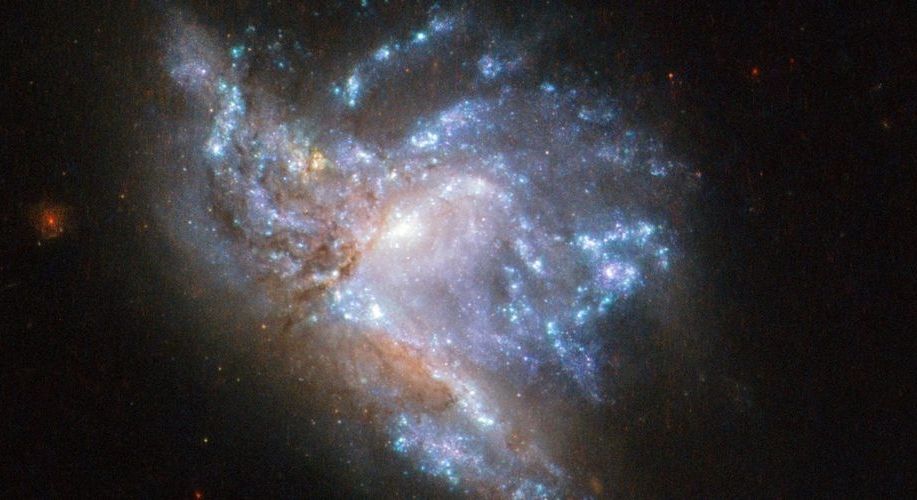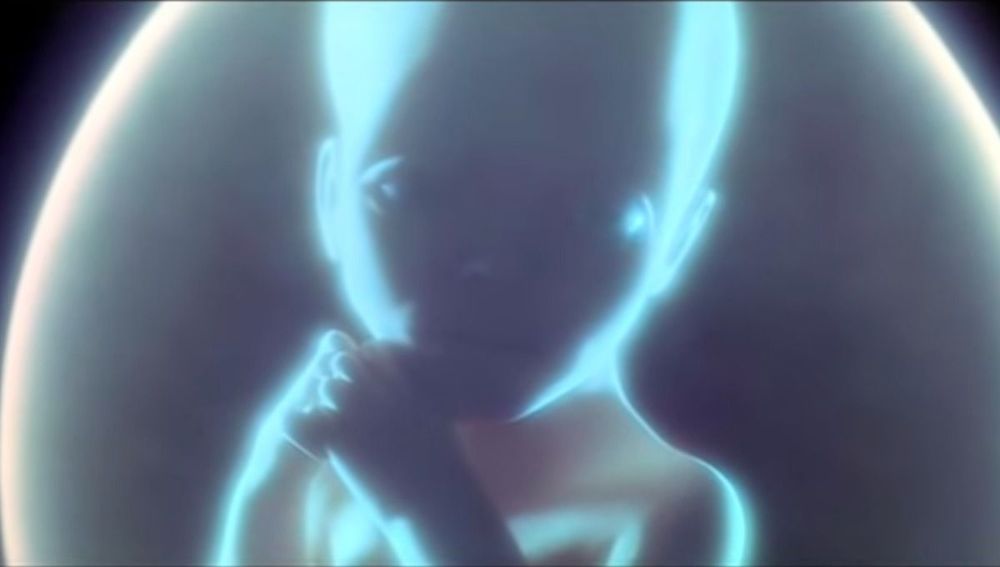Physicists have observed a difference in the decay of particles containing the charm quark and its antiparticle, perhaps helping to explain why matter exists at all.



Aiming a laser beam at an aircraft isn’t a harmless prank: The sudden flash of bright light can incapacitate the pilot, risking the lives of passengers and crew. But because attacks can happen with different colored lasers, such as red, green or even blue, scientists have had a difficult time developing a single method to impede all wavelengths of laser light. Today, researchers report liquid crystals that could someday be incorporated into aircraft windshields to block any color of bright, focused light.

It may be a cliché, but drone photography really does offer a new perspective on the world.
Winners of the 2018 Aerial Photo and Video Contest from SkyPixel (an online photo-sharing community owned by Chinese drone maker DJI) show how. The pictures and videos put architecture, nature, and humanity on display from unexpected heights and angles. The resulting imagery is stunning, and might make you rethink your place in the world.
Just consider it for a second. Where are you standing or sitting right now? What would it look like if you could see yourself from a distance? What surrounds you?



“Artificial intelligence will never get jokes like humans do.”
WASHINGTON (AP) — A robot walks into a bar. It goes CLANG.
Alexa and Siri can tell jokes mined from a humor database, but they just don’t get them.
Linguists and computer scientists say this is something to consider on April Fools’ Day: Humor is what makes humans special. When people try to teach machines what’s funny, the results are at times laughable but not quite in the way intended.

The most popular contender over the past few decades has been string theory, and the related concepts of superstring theory and M-theory, in which particles are considered as tiny units of one-dimensional string. However, a lesser-known theory has also gained traction; loop quantum gravity (LQG), which attempts to solve the quantum gravity problem by focusing on the very fabric of spacetime, rather than the particles themselves.
In “Quantum Space,” the popular-science writer Jim Baggott lays out the basic principles of LQG for science enthusiasts. The book looks at how loop quantum gravity has emerged by following the work of two of its leading proponents, Carlo Rovelli and Lee Smolin, and assesses where the theory is now, and where it might be going.
Although the concepts are — not surprisingly — mind-boggling, Baggott asks deep questions about the nature of the universe, what space is actually composed of, and the existence of time itself. (The book covers a lot of challenging material, however, and some prior reading may help readers find their way.)

The galaxies have never before been captured in such detail.
First discovered in 1784 by William Herschel, NGC 6052 was originally thought to be a singular galaxy that simply had an odd shape.
However, scientists eventually figured out that the “oddly shaped galaxy” 230 million light-years away was, in fact, two galaxies in the process of colliding.
Having previously been observed by the Hubble telescope with an older camera in 2015, NASA recently released a stunning image of the galaxies in even better detail.

What happens when Earth’s resources run out? Well, if science fiction has taught us anything, it’s that humanity will seek a new and habitable planet somewhere in the cosmos on which to keep the species going in perpetuity. When that day comes, we’ll need a viable way to procreate and deliver children in the vastness of outer space.
Enter SpaceLife Origin, a one-of-a-kind tech company that is seeking to make it possible for humans to give birth in the vacuum of space by 2024, a goal titled “Mission Cradle.” While that is its ultimate goal, SpaceLife is also striving to become the first company to “safe-guard human ‘Seeds-of-Life’ in space [Mission Ark] by 2020 [and] make embryo conception in space feasible [Mission Lotus] by 2021,” according to its official website.
The gallery below offers a glimpse at the patent-pending “Ark” designs. Vials of human DNA will be protected within the radiation-shielded spheres that are to be kept on Earth and satellites surrounding the planet. SpaceLife Origin describes this as an insurance policy for the continuation of mankind in case a catastrophe hits and we need to leave in a hurry.
